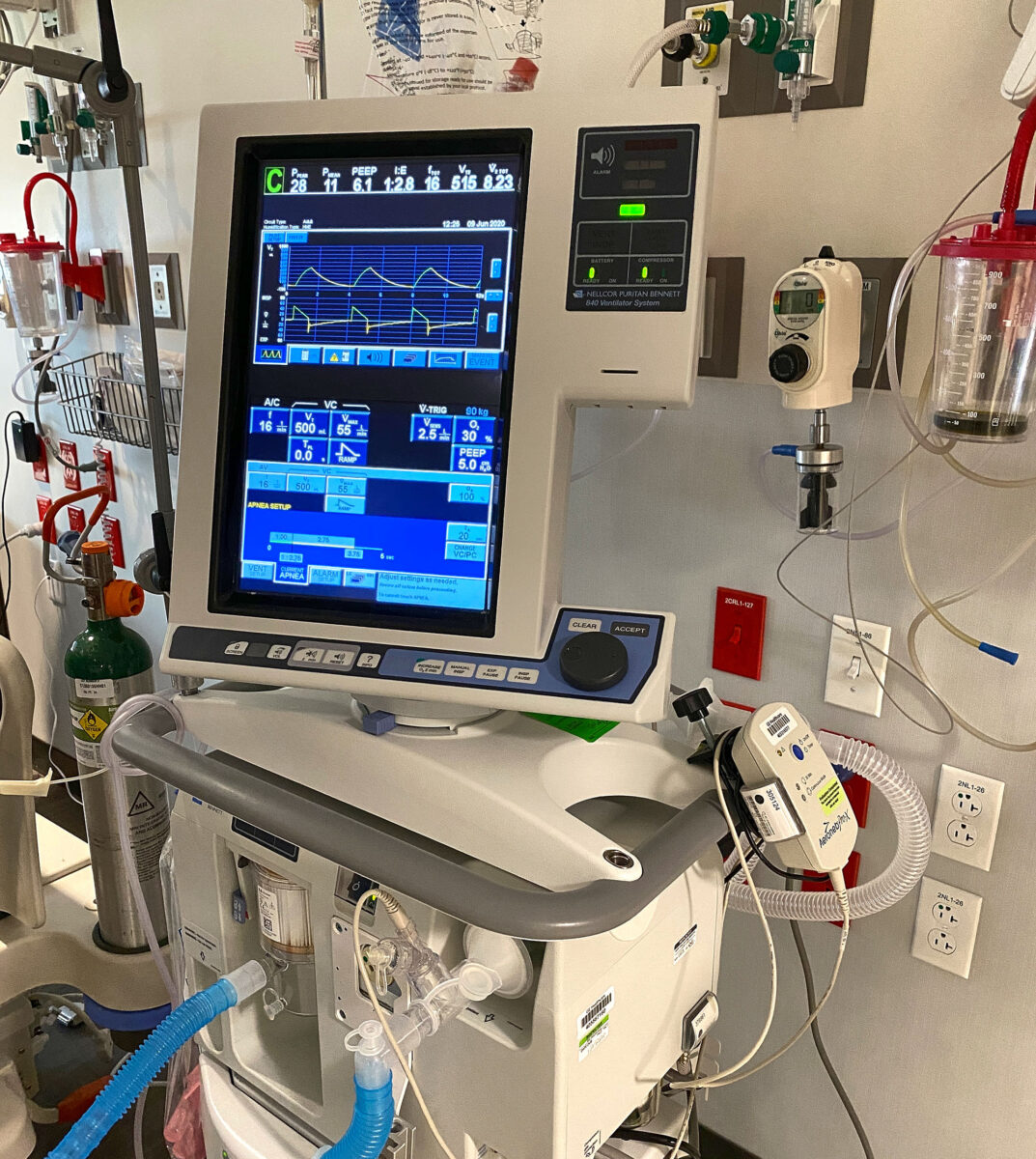Super Cycle of Shortages in Electronics Shift Medical Supply Strategies

Manufacturers eye reshoring and near-shoring to meet pressing delivery needs
Third of a three-part report
The electronification and robotification of medical technology is a growing area of opportunity for companies in the market. It also adds to global demand for electronic components. As a result, OEMs and contract manufacturers that design robots and other automated systems for medical or look to enter or expand activities in this market, not only face issues of electronics availability, but concerns about establishing reliable sources of supply.
The medical device industry will double in the not-too-distant future, said analyst Neal Walters, a partner at consultant Kearney, who has studied this market and the manufacturing and supply issues it presents for almost 20 years.
In previous posts, discussed the evolving robotification and electronification of medicine (Sept. 28) and the opportunities this presents for plastics in these exacting and automation-rich applications (Sept. 29). In this post he spoke about component and product supply concerns.
Super Cycle of Supply Affects Electronics
The electronification of medical devices is part of the growth in electronics demand generated by markets such as automotive, aerospace, consumer products, telecommunications, the Internet of Things and many others. Walters remarked that these markets include, notably, electric and autonomous vehicles where demand for advanced electronics is estimated to be $1 trillion.
There is logic in putting medical devices and EVs in the same market for electronics, Walters said. “Think of the self-driving car as like a robot inserting a catheter in the brain to treat an aneurism. [Electronics] can be in the millimeter to micrometer range for self-driving vehicles and there’s an even higher degree of precision required in medical devices.”
What’s happening, analysts have said, is that the global supply of electronics is in a continuing “super cycle” created by seemingly endless demand. As Robert Handfield, executive director of the Supply Chain Resource Cooperative at North Carolina State University, wrote in 2018: “It used to be that these types of shortages and backlogs in the electronics sector were temporary … ‘Electronics is a cyclical industry’ was the … rule of thumb, ‘Wait a few months and [suppliers] will be calling [manufacturers] up begging for orders, and we can negotiate better prices then.’ Managers who still think this way may need to think again, as we are in the midst of something very new: a ‘super cycle.’”
Handfield explained that a super cycle is “a major shift in the economy that is driven by technological changes that have not yet been recognized by parties in the supply chain. This … technological shift involves the electronification of just about every product and object you can think of.”
Managing Supply Chains with Reshoring
The impact that growing demand for advanced electronics has on supply chains is affecting how manufacturers everywhere deal with sourcing products. “There’s been a significant increase in reshoring and near-shoring because of two factors: One is concerns about intellectual property in some domains and the other is supply chain challenges because of the COVID pandemic,” said Walters. Pre-pandemic, “OEMs and contract manufacturers typically only knew the next step in their supply chains,” and were largely unaware of supply chain complexities.
Companies that could no longer rely on timely delivery of materials and devices from offshore began looking closer to home for supply. As a result, Walters said, “We see a mix of reshoring and near-shoring activity underway by medical OEMs and contract manufacturers. In North America, Costa Rica is building a medical device capability. For supply chain performance and assurance, as well as concerns about intellectual property, reshoring and near-shoring are very much factors—and the days of the race to the lowest labor cost in device manufacturing are just about done,” he added. “Also, with reshoring and near-shoring, companies are close enough to supply sources that if something goes wrong, they can get design and engineering talent to suppliers much more quickly than if they were halfway around the world.”
Walters remarked that “whether it’s the OEMs or contract manufacturers sourcing components they are being much more diligent in vetting and working with a small number of trusted partners. The lessons learned from supply change challenges in COVID recovery was that companies were not doing sufficient diligence in their supply chains to assure that they understood supply chains and were managing risk adequately.” Supply, he continued, “is no longer just about price. Companies take a much more holistic and risk-based view of their supply chains. The race to the bottom of cost in medical devices is over.”
There is plenty of room for growth among technologically capable companies—OEMs and contract manufacturers—that want to be active in the robotification and electronification of medical devices, Walters said. There are now only a handful of companies that develop the robots and surgical devices they carry. Finding reliable sources of supply is an important step in developing the hardware, software and importantly the electronics necessary to meet the needs of this market.
